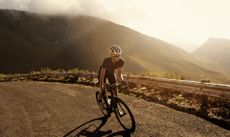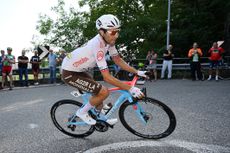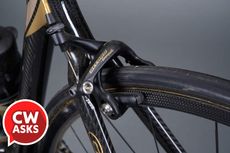6.8kg bikes, unauthorized feeds, puppy paws — here are the silliest UCI rules that should be done away with
The UCI sets rules to keep the sport safe and fair but some of them are outdated, unbalanced or simply silly
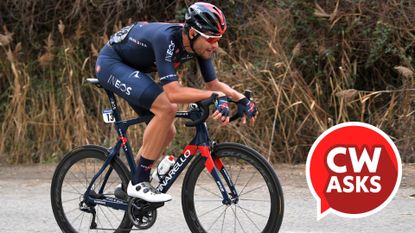
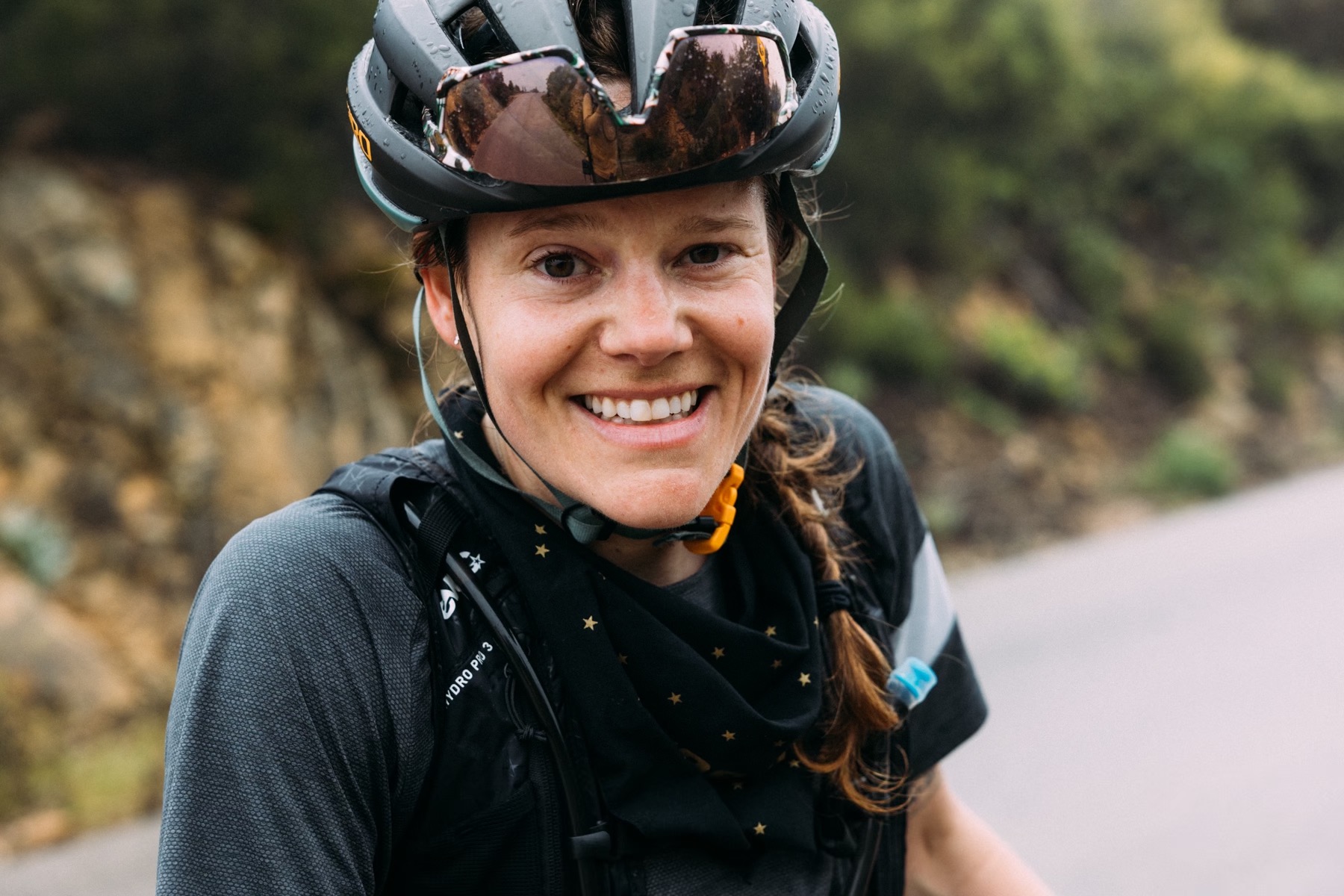
"CW asks" is a feature series where our seasoned staff answers a range of questions. The series isn't just about delivering knowledge; it's a chance for us to share a bit of our personality and our passion with you. As we dive into some questions, please feel free to send in some questions of your own to anne.rook@futurenet.com.
Previous Questions:
- What three things do you wish you'd known when you first started cycling?
- Does e-bike racing have a place at the most competitive end of our sport?
- If you were given $3,000 right now, which bike would you buy?
- Personality test: If you could keep just one of your bikes, which bike would it be?
- Ride of a lifetime: If you had just one ride left in you where would it be and with whom?
- Who is the greatest cyclist of all time?
- Ride indoors or brave the elements outdoors: how will you tackle the winter season?
- The great sock debate: do socks go over or under leg warmers?
- Tubeless vs. tubed tires on the road?
- SRAM, Shimano or Campagnolo? Here's what our staff prefers and why
- What's the 'right' tire width for road and gravel riding?
- What cycling-related items are on our experts' Christmas wish lists?
- Carbon rim brakes, bar ends and straightforward headsets: cycling tech of old we miss
Question 12: What is the silliest UCI rule that should be done away with?
Vern Pitt, News and Features Editor
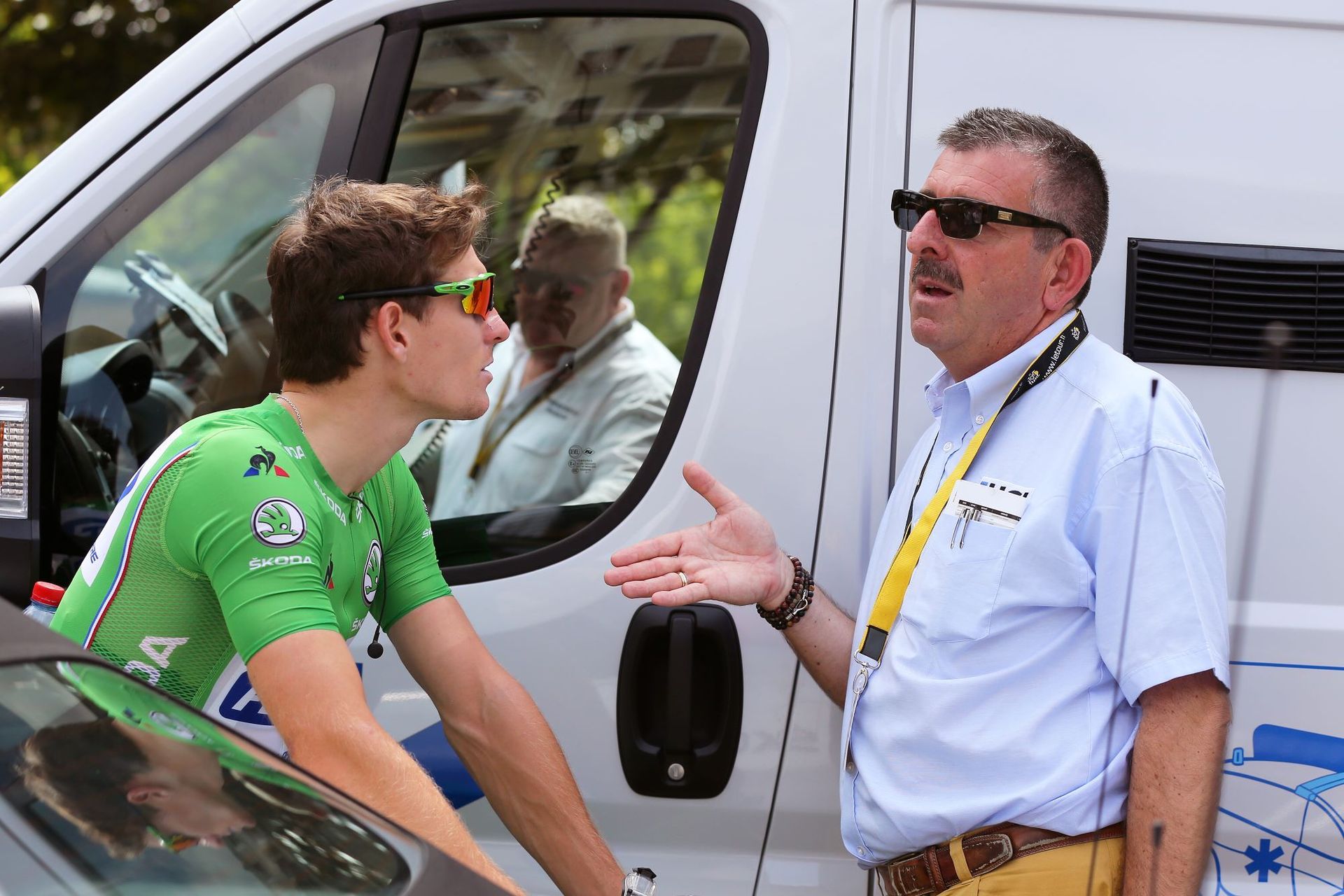

There's probably a right answer to this but I think the bigger point is the application of the rules which is usually where the trouble arises. There always needs to be discretion from the commissaires but at the moment that goes so far as to allow some highly inconsistent application.
I'm not sure how you fix that; that's UCI president David Lappartient's job, but I'd guess a higher level of professionalization of the commissaires would probably be a start.
Hannah Bussey, Technical Writer
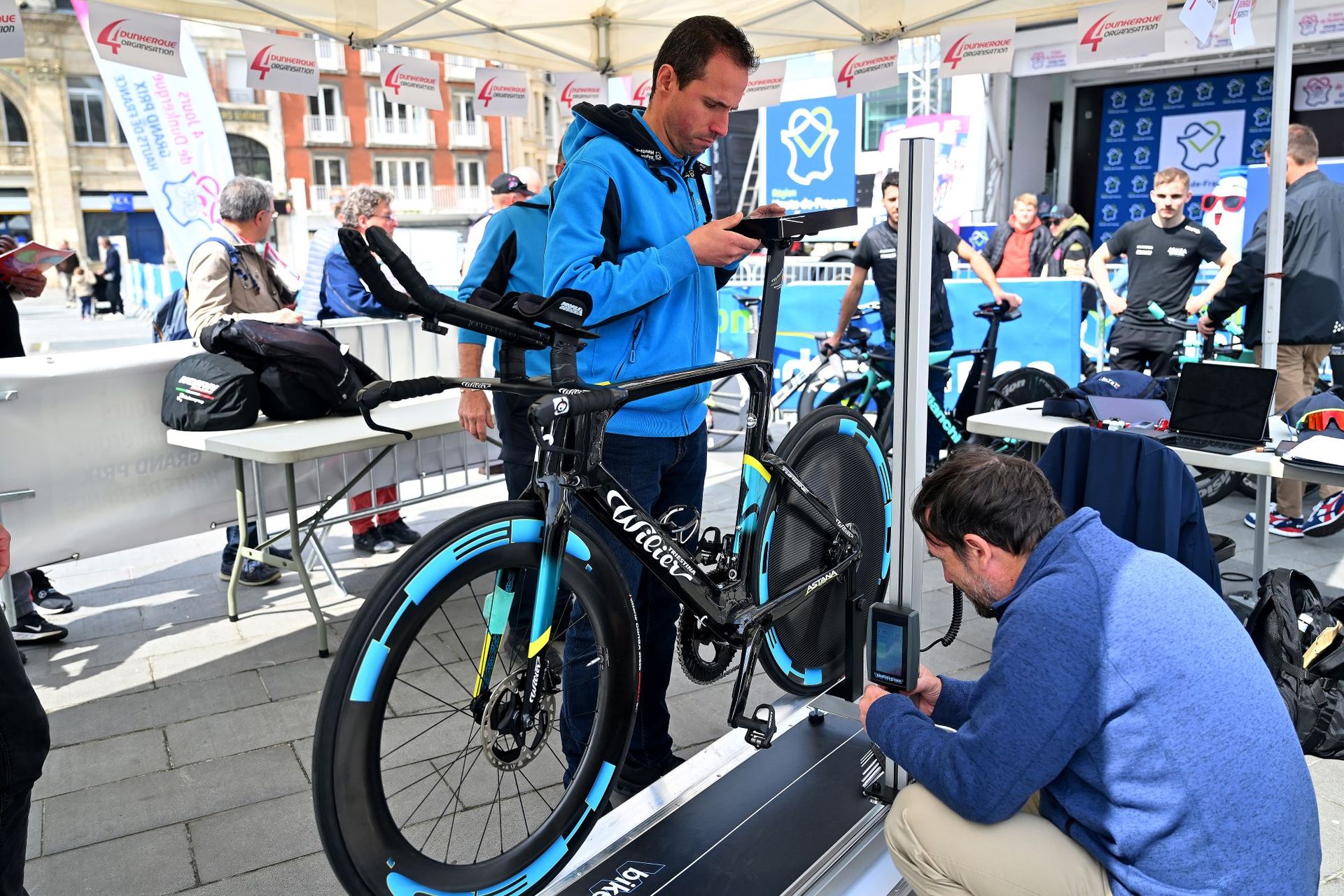

There really are a lot. I’ll pick the generic one of bike mass — 6.8kg is just a superfluous, outdated rule. The UCI could literally pick any number for this and it would still have the same impact on ‘safety’.
For the rule to apply to all bikes, all disciplines and all sizes is just nonsense and arbitrary. Safety isn’t to do with weight, and neither is ‘level playing field’. When it comes to led weights, or chain down seat tubes having to be retrospectively added to bikes to get them to the minimal weight requirement you realise just how bonkers the regulation is. You could argue that regulating rider power would be a better leveller, and attach mini parachutes to stronger riders to make it ‘fair’.
This rule just suppresses technology, and arguably the advancement of safety and penalises smaller riders
There’s no rational reason why this should be applied other than because the UCI says so.
Anna Abram, Fitness Features Editor
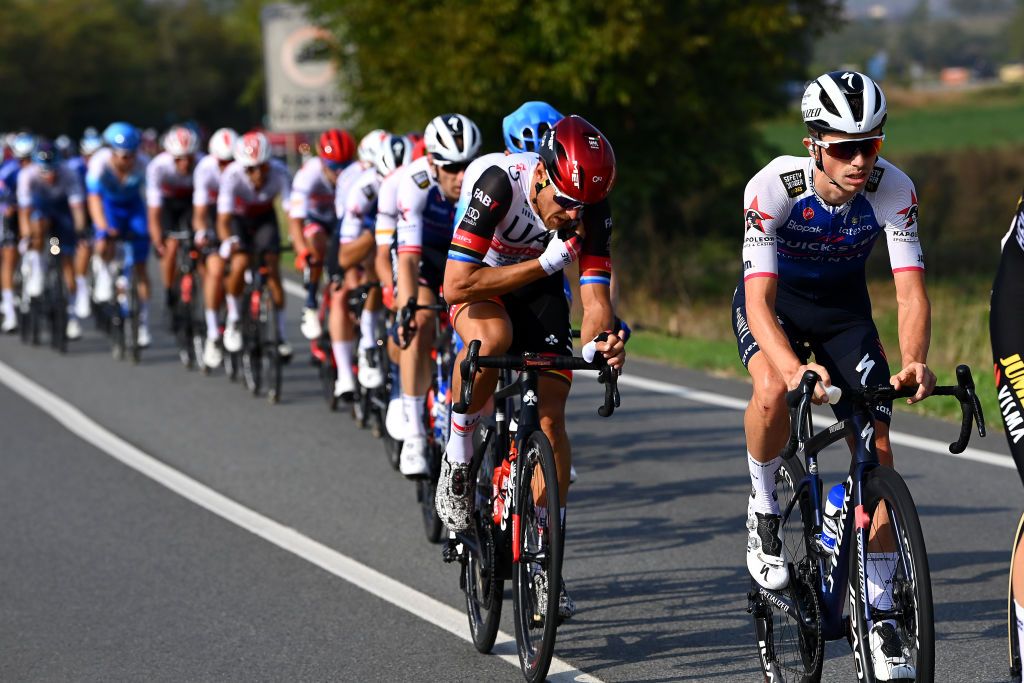
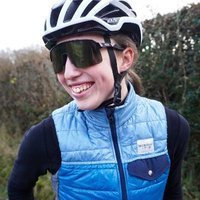
I wouldn’t call it silly, but the amendment I would make comes under ‘In-race communications 2.2.024’. Whereas currently the UCI allows race radios, with the stipulation that ‘the power of the transceiver may not exceed 5 watts, I’d be interested in scrapping this rule and banning race radios completely.
I wouldn’t want to claim that this would definitely make the racing more explosive and attacking - I’m not totally sure how the WT teams would really respond. But even if the riding does, for some reason, become more defensive as a result, I still think that the information asymmetry would add an extra layer to the race.
It’s one thing chasing down a rider when you’ve got a voice in your ear giving the time gap every few seconds, dangling the carrot right in front of you. It’s quite another when you have no idea how much longer you have to push and whether the gap is closing at all - I think it would really add an extra dimension to the races.
Joe Baker, Tech Writer


A UCI commissaire talks to Marianne Vos after disqualification during the 2022 Vargarda road race for riding in the 'puppy paws' position
The 'puppy paws' position is a clear juxtaposition of safety in our sport. Professionals at the top of cycling are more than capable of balancing their forearms on the top of the handlebars — there is no question.
The annoyance at the UCI for me comes from the fact that there is no ruling around 'head down' riding positions. Stefan Kung's horror crash in the European Time Trial Championships was a grave example. It's one thing on the track, where you might be able to follow a sprint line by looking through your forearms, but on the road, riders need to see where they are going, and the ruling should on riders awareness, not doubting their bike handling abilities.
Tom Davidson - News and Features Writer

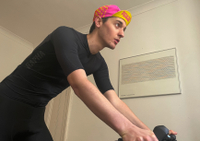
I've always felt the rules around "unauthorised feeding" are particularly harsh. According to the UCI rule book, riders are forbidden from taking on food or drink in the first 30km or the final 20km of a race. Can you imagine being caught short?
The fines can be hefty, too. If a rider takes a bidon in the last 20km of a one-day race, the UCI charges them CHF 1,000 (£900 / $1,100).
There are also tough time penalties. At the 2020 Tour de France, Julian Alaphilippe took an "illegal bottle" with 17km to go on stage five. He was docked 20 seconds and lost the yellow jersey. All for a swig of water.
Got questions —silly or serious— you'd like for us to tackle? Please send your questions to anne.rook@futurenet.com.

Thank you for reading 20 articles this month* Join now for unlimited access
Enjoy your first month for just £1 / $1 / €1
*Read 5 free articles per month without a subscription

Join now for unlimited access
Try first month for just £1 / $1 / €1
Get The Leadout Newsletter
The latest race content, interviews, features, reviews and expert buying guides, direct to your inbox!

Cycling Weekly's North American Editor, Anne-Marije Rook is old school. She holds a degree in journalism and started out as a newspaper reporter — in print! She can even be seen bringing a pen and notepad to the press conference.
Originally from The Netherlands, she grew up a bike commuter and didn't find bike racing until her early twenties when living in Seattle, Washington. Strengthened by the many miles spent darting around Seattle's hilly streets on a steel single speed, Rook's progression in the sport was a quick one. As she competed at the elite level, her journalism career followed, and soon she became a full-time cycling journalist. She's now been a cycling journalist for 11 years.
-
 2024 should be the year of achievable cycling goals
2024 should be the year of achievable cycling goalsDon’t overstretch yourself or push too hard, but aim for targets you can hit
By Adam Becket Published
-
 Larry Warbasse claims what could be the world's toughest Strava KOM
Larry Warbasse claims what could be the world's toughest Strava KOMThe 89.5km Mauna Kea climb in Hawaii rises from sea-level to 4,214 metres with steep gravel sections on the way
By James Shrubsall Published
-
 Five bike parts to invest in, and five things to cheap out on
Five bike parts to invest in, and five things to cheap out onOur experts advice on where to save your pennies and where to pay full price
By Anne-Marije Rook Published
-
 Carbon rim brakes, bar ends and straightforward headsets: cycling tech of old we miss
Carbon rim brakes, bar ends and straightforward headsets: cycling tech of old we missAh the good ol' days. What's some cycling tech of old you kind of miss?
By Anne-Marije Rook Published
-
 Books, heated gloves, steel bottles and a cycling vacation - what our staff is asking for this Christmas
Books, heated gloves, steel bottles and a cycling vacation - what our staff is asking for this ChristmasOpinion is divided among cyclists as to whether to wear your socks over or under your leg warmers. Here's what our staff thinks
By Anne-Marije Rook Published
-
 SRAM, Shimano or Campagnolo? Here's what our staff prefers and why
SRAM, Shimano or Campagnolo? Here's what our staff prefers and whyOpinion is divided among cyclists as to whether to wear your socks over or under your leg warmers. Here's what our staff thinks
By Anne-Marije Rook Published
